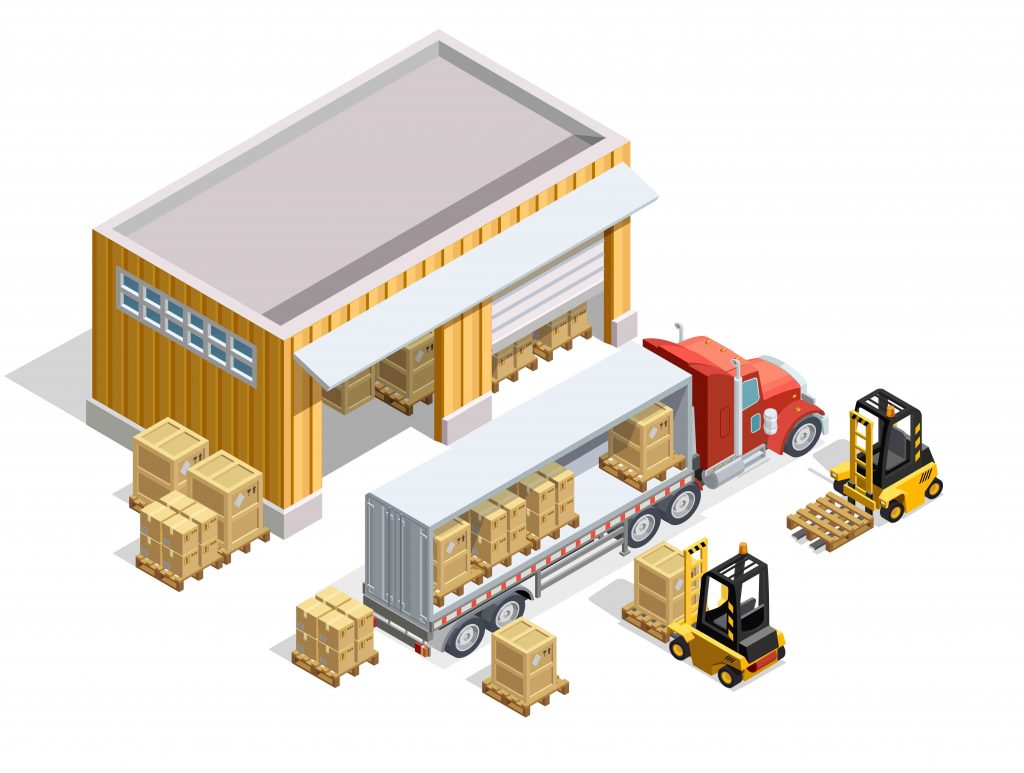Temperature-Controlled Logistics: Fundamentals of a Supply Chain

As expected, consumers expect the wares in retail stores to be standard quality. Not only should they look good, but they must also have pretty decent longevity. Retailers and other food and beverage businesses make sure they offer an attractive selection to increase the chances of their customers getting what they need while earning them profits. However, these products need to pass down a temperature-controlled supply chain before anything else. Temperature-controlled logistics can make or break the quality of your products.
What is a Cold Chain?
The term “cold chain” refers to sustained refrigeration, which eventually gave birth to the moniker “temperature-controlled.’’The spectrum ranges from ambient, or controlled room temperature (20°C to 25°C), to refrigerated (2°C to 8°C), to cryogenic (below 0°C to as low as −150°C)
Simply put, supply chain logistic services involve the transport of products that are very particular when it comes to temperature along a chain of both thermal and refrigerated packing methods. Also included in the planning to protect the shipments’ integrity.
The key factors that compose a cold chain are the following:
- Cooling systems. This step involves regulating the temperature of commodities such as food to the suitable temperature for processing, storage, and transportation.
- Cold storage. This step entails providing storage areas to hold goods over some time. These products can either be awaiting shipment to an overseas location or be at an intermediary location to be processed and distributed to a nearby market.
- Cold transport. The required temperatures for different products must be maintained even throughout transport. This is where temperature-controlled vehicle units come in.
- Cold processing and distribution. Finally, this one calls for the provision of facilities in charge of processing goods and maintaining sanitary measures. All loads like crates, boxes, and pallets are consolidated for distribution here.
Why Should You Maintain an Uninterrupted Cold Chain?
Proper temperature management of perishable food is essential for food safety and good quality turnout. Each step along the supply chain from harvest or manufacturing to the consumers requires special attention. Otherwise, the growth of harmful microorganisms and the adulteration of these products won’t be far behind. While it’s true that different products have their temperature requirements, staying within those parameters is a general fact.
Uninterrupted cold chain services regulate proper temperature. However, human error can be inevitable with so many hands involved in different processes such as packing, lifting, hauling, and delivery. When food supplies are improperly handled, food safety is compromised. Public relations will also be a nightmare, along with sub-par and spoiled products that can prove life-threatening.
Cold chain logistics involves different processes wherein each one must be handled with both integration and coordination. Each supply chain partner must do their part to ensure smooth sailing. This is made even more complicated when different companies are involved.
All kinds of problems can break up the cold chain leading to disastrous results so why not opt for a one-stop-shop where you can be assured that staff is adequately trained in food safety management and there is uniformity in contingency planning.
TreeLogs shortens the time to move products throughout the entire cold chain process. In our effort to slowly but surely eradicate food loss, not only have we optimised our services, but we have also ensured to have an excellent working knowledge of the best practises for cold chain management, so you only get nothing less but the best. So what are you waiting for? Partner with us to deliver your products from one end to the other in the most efficient way possible.
Pingback: Temperature-Controlled Food Supplies Industry | TreeDots